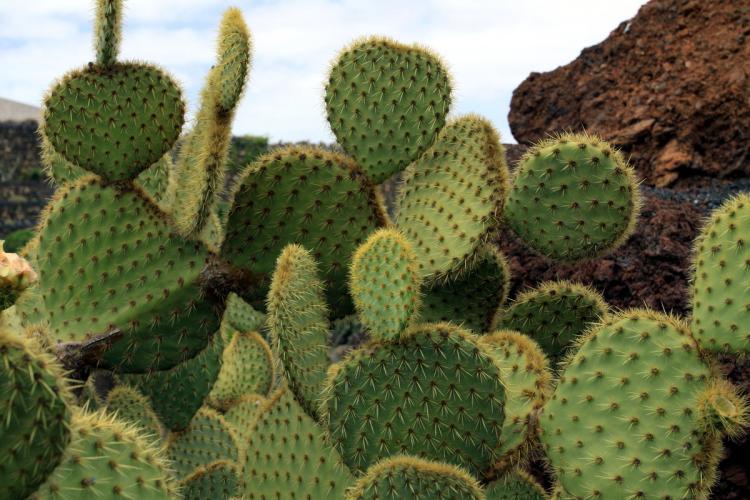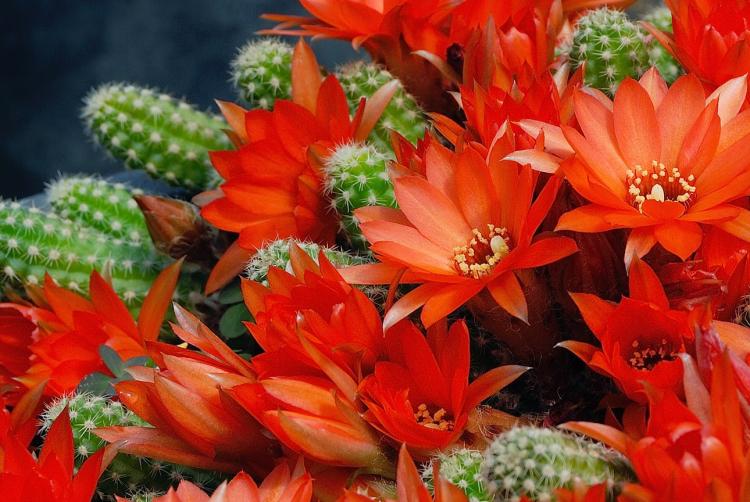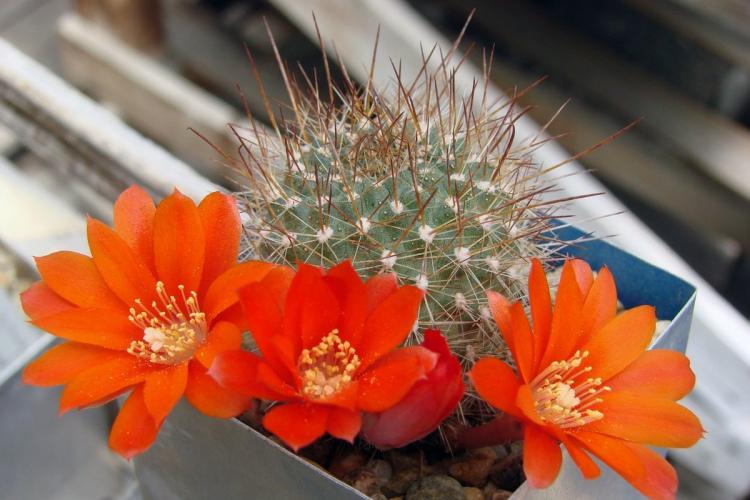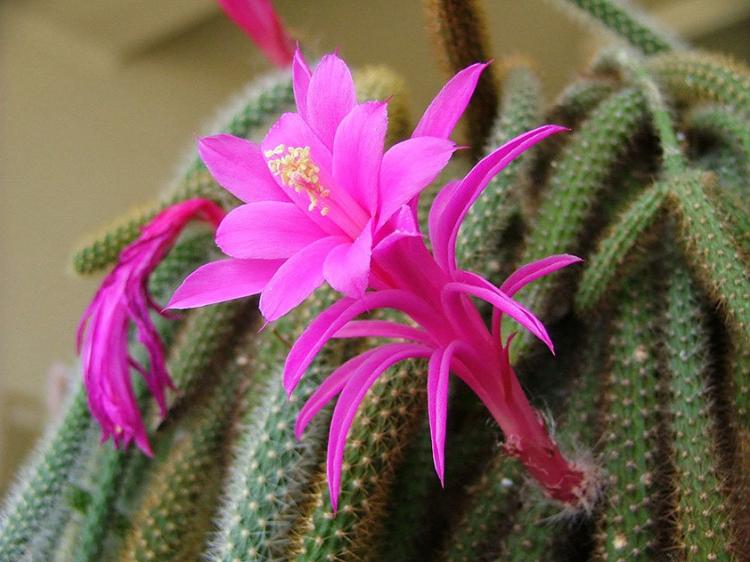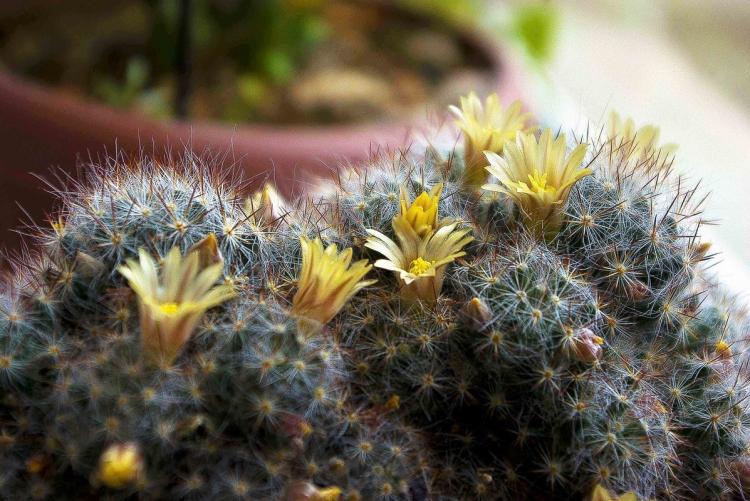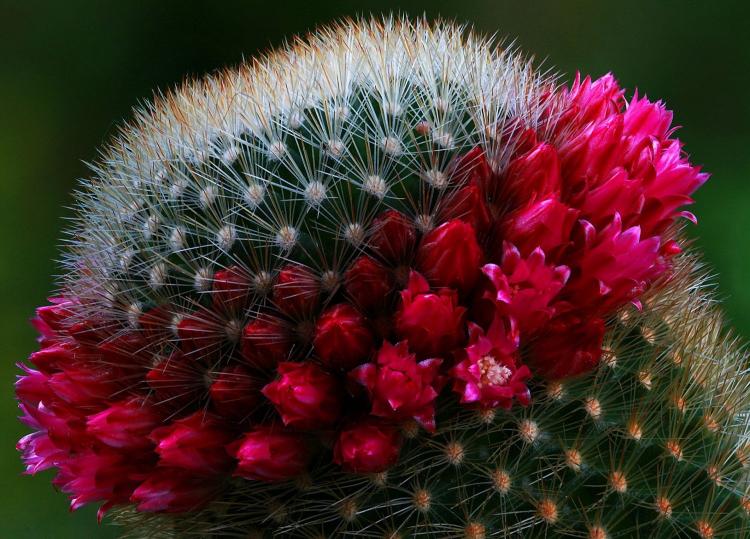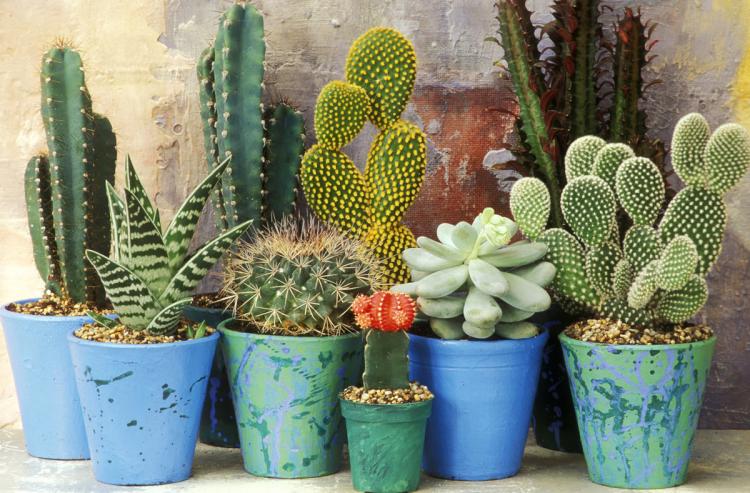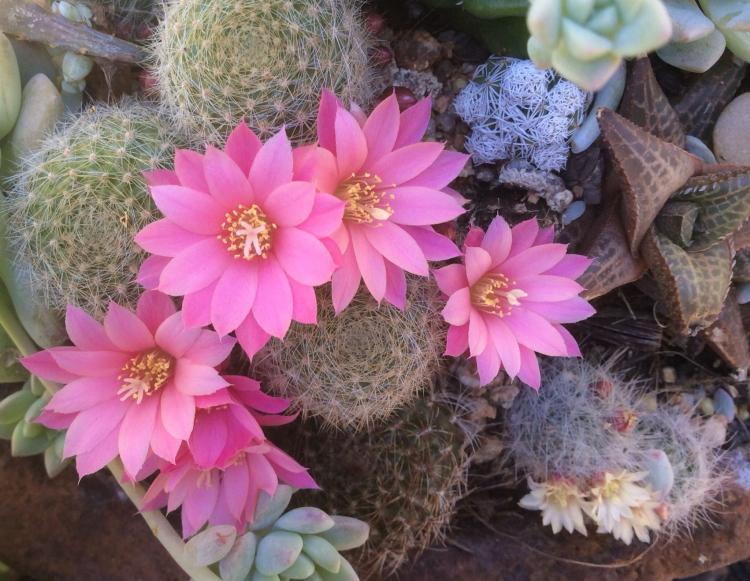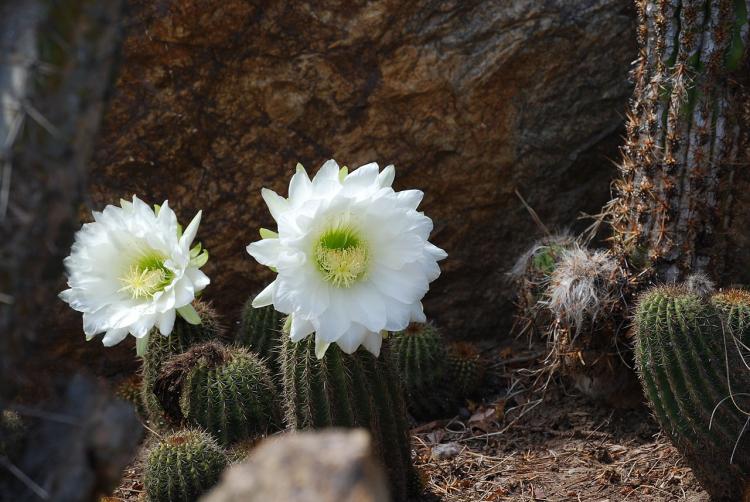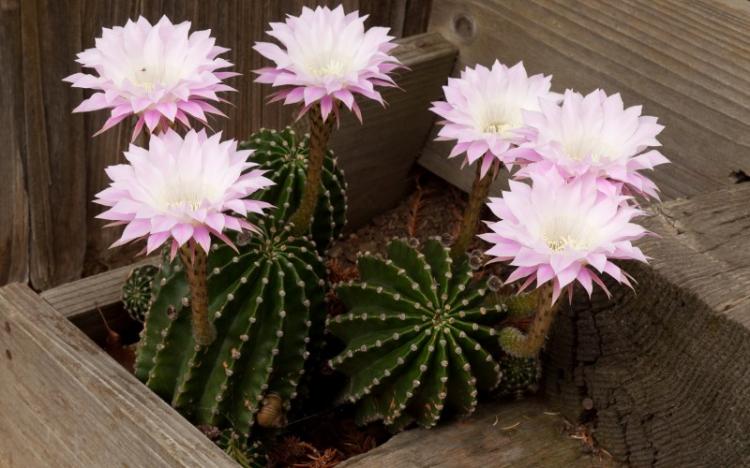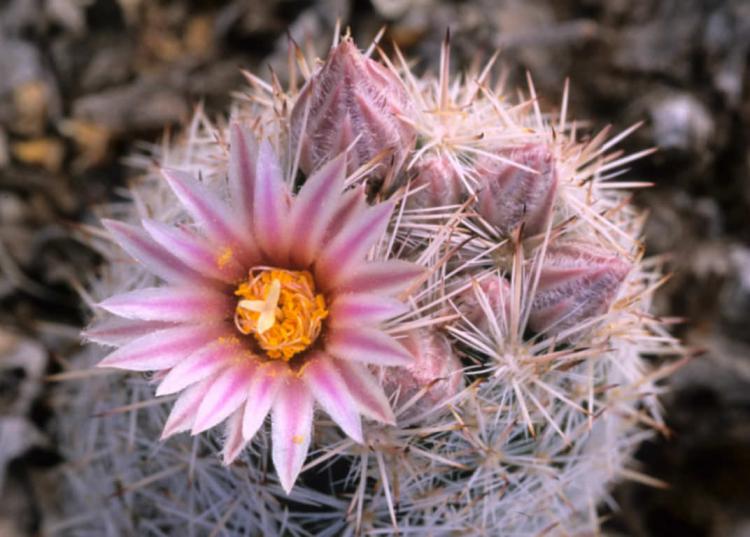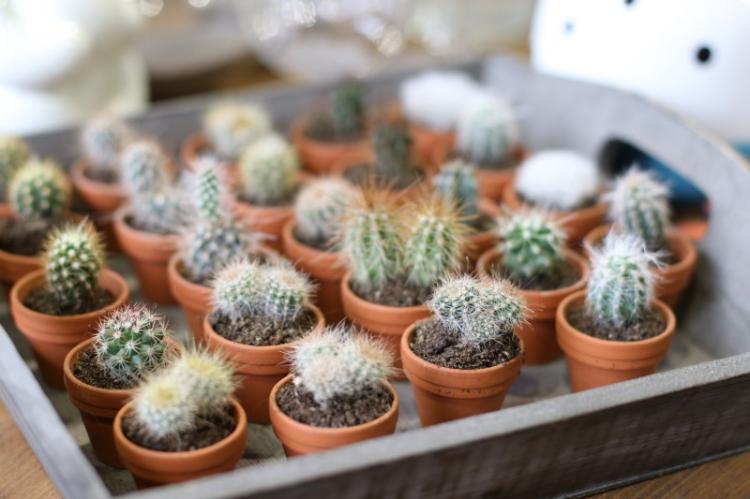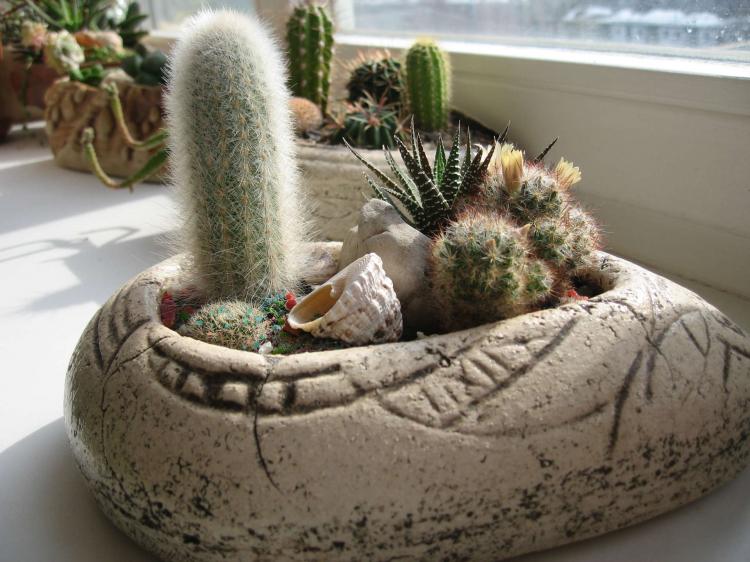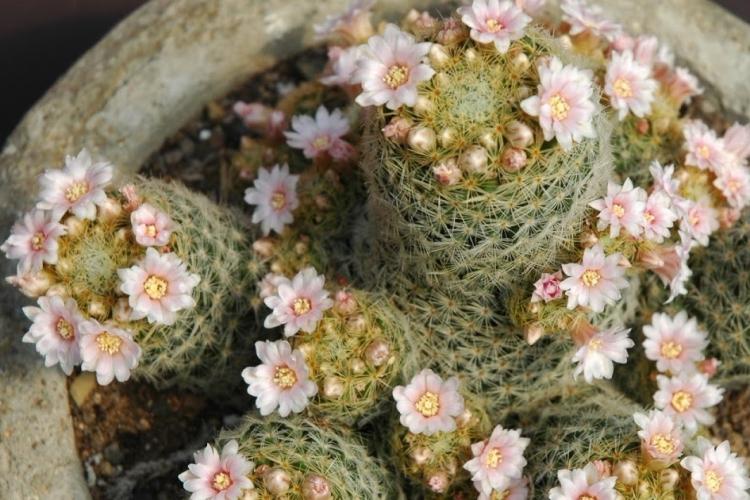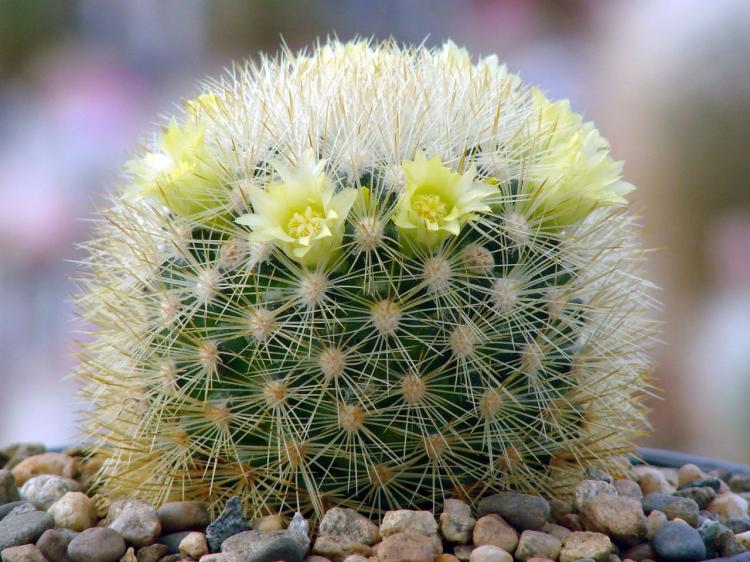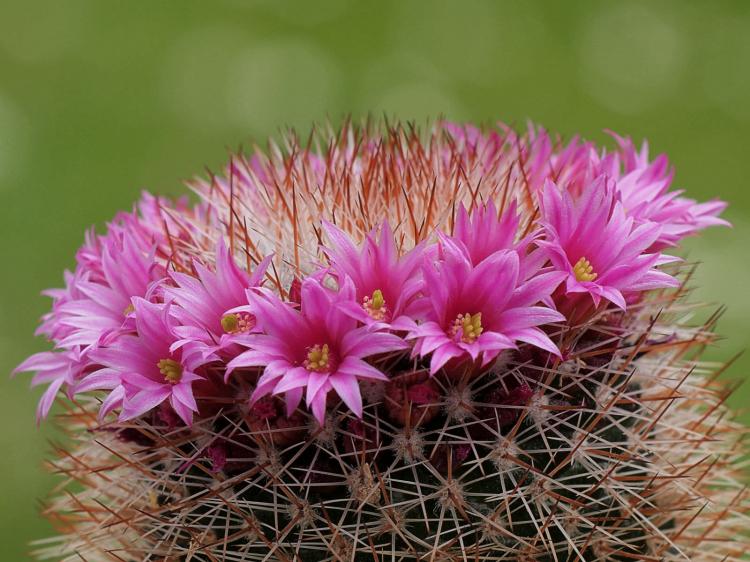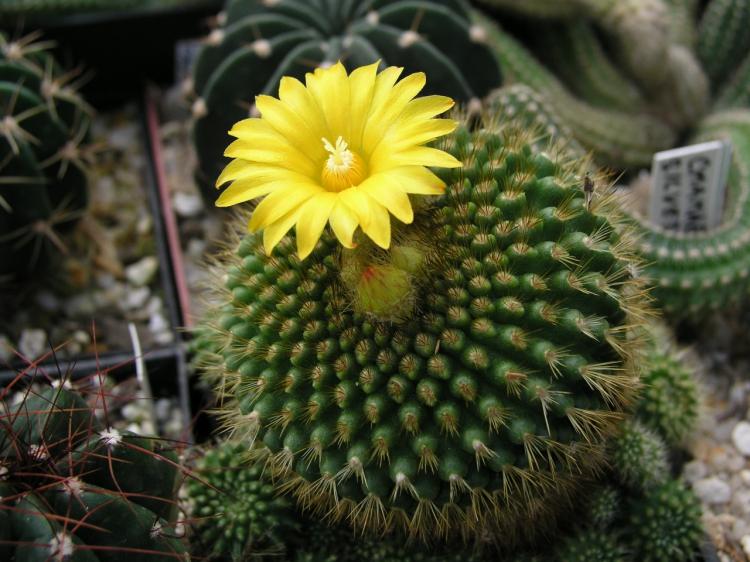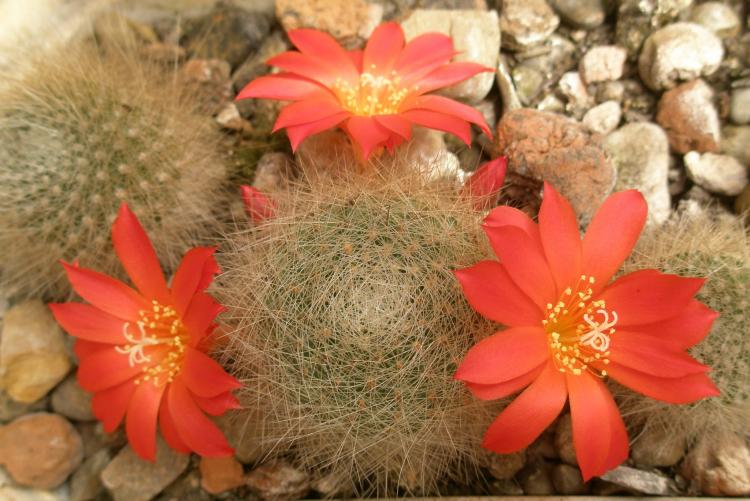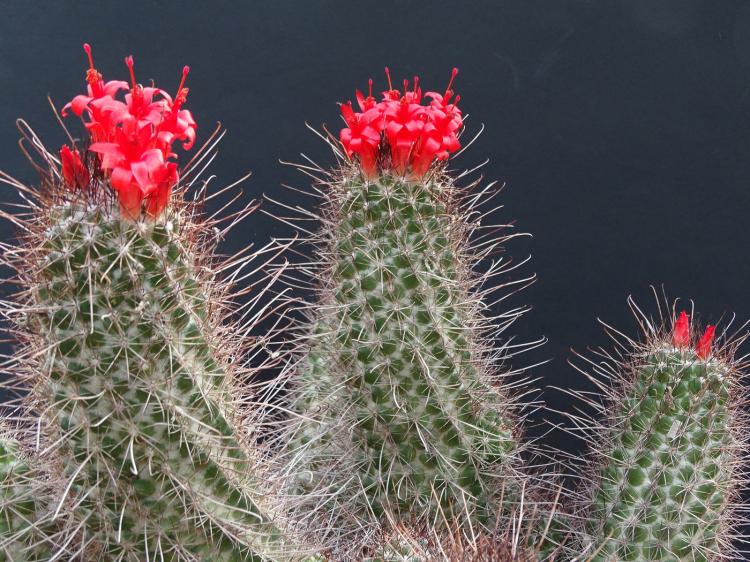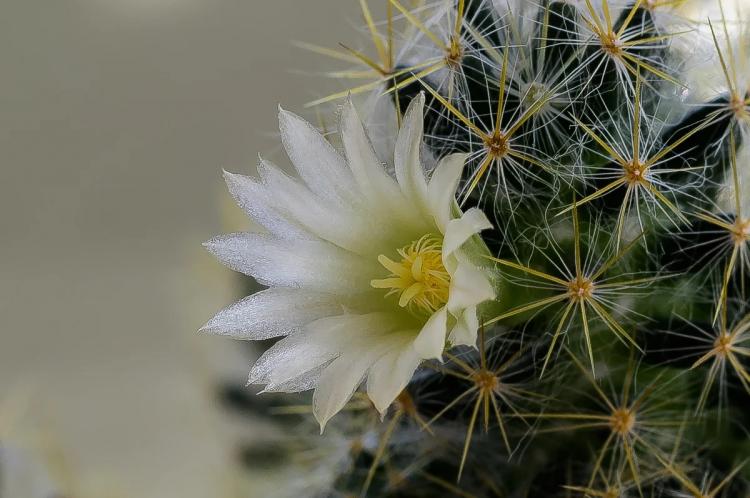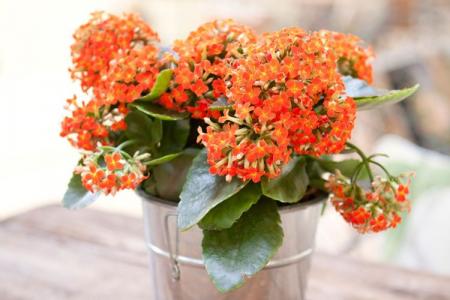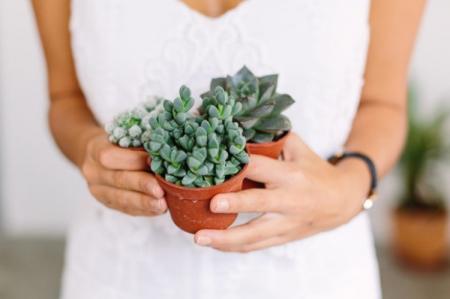
Cacti have not left indifferent flower growers since their appearance in Europe. They amaze with a variety of shapes, sizes and colors. Whole design compositions can be created from them in homes, and collectors hunt for rare items all over the world. You, too, have not been spared by cactus mania? Then we want to talk about the most popular types and features of caring for them!
general characteristics
Cacti are common throughout the American continent. The most diverse and outlandish of them grow in deserts, hot rocky regions and savannas.
But there are also tropical forest varieties. They are completely different in appearance and require different conditions. Therefore, they are usually classified and treated separately from the classic spiny hedgehogs.

Types of home cacti
Even in our latitudes, dozens of types of domestic cacti coexist. They are united by fleshy thickened stems to accumulate moisture and thorns instead of leaves.
Prickly pear
All sorts of prickly pear subspecies are home classics. The flat stem consists of teardrop-shaped segments. Different varieties are interesting in shades and needles.
For example, a fine-haired one is covered with such thinnest spines, which rather resemble hairs. But upon contact, painful injections are left.
The height of prickly pears is up to 30 cm. This is an unpredictable plant: its shoots can suddenly appear anywhere. An important nuance: when watering, avoid getting moisture on the stem.
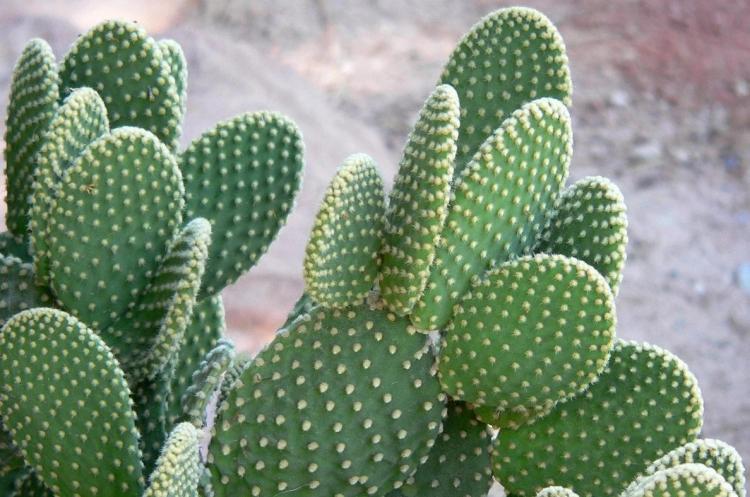
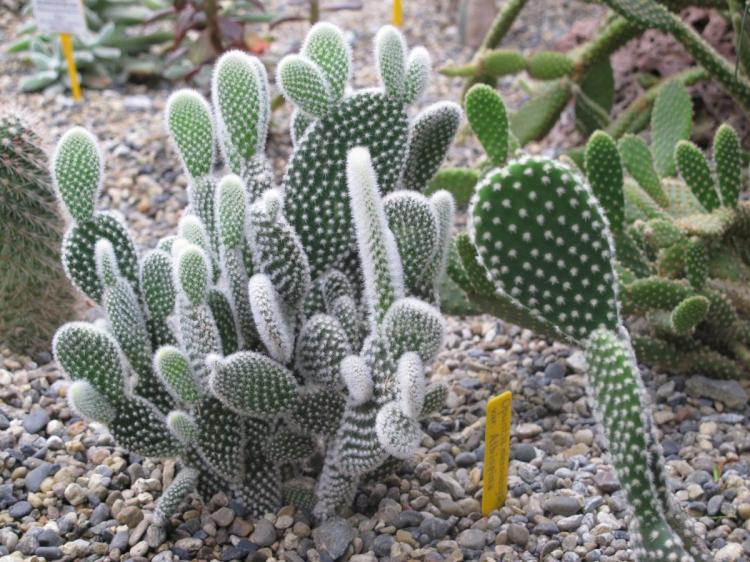
Gymnokalycium Mikhanovich
This variety is notable for the unusual ribbed stem of a gray-green or brownish hue and graceful funnel-shaped flowers. Most often they are pink, red or white.
This is one of the most unpretentious cacti for the home. But for it to bloom, it definitely needs a lot of light. Only not direct aggressive rays.
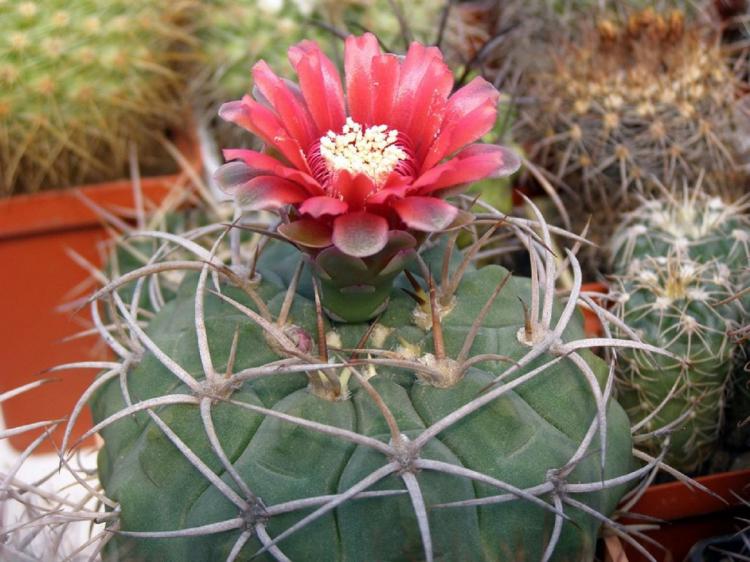
Schlumberger
This is a well-known Christmas tree from childhood. Its peculiarity is a dense and abundant flowering right in the middle of winter. Colorful flowers, 6-8 cm long, cover the hanging shoots.
Schlumberger does not fall into a dormant state in winter. Therefore, it still requires abundant watering and more light.
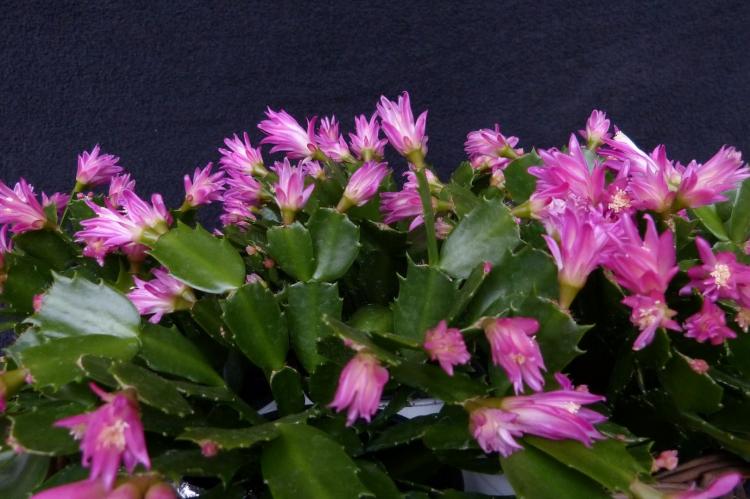
Rebutia
These are miniature cacti up to 10 cm, which resemble a fluffy ball. They are unpretentious, graceful and look great in decorative compositions.
Rebutia flowers do not appear at the top of the stem, but at the roots. They are warm red-orange or pink shades.
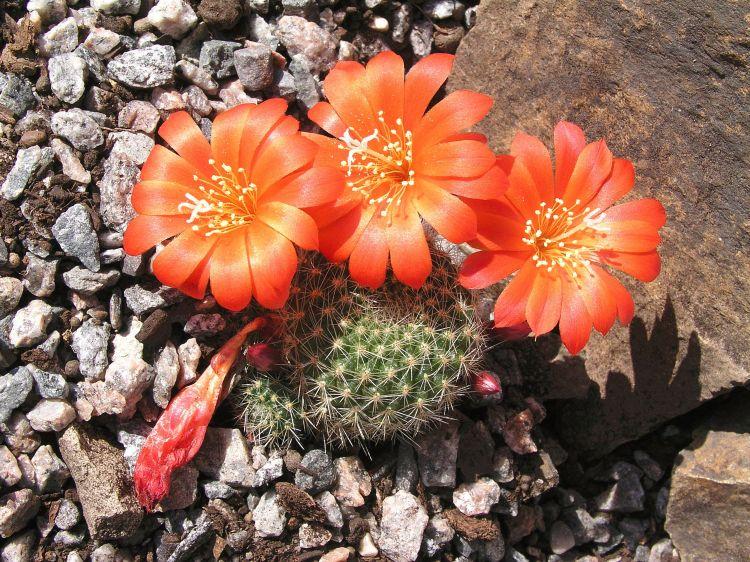
Strauss's Cleistocactus
Cleistocactus combines two unusual features at once: the stem is densely covered with spines and white hairs (which makes it look like it is covered with wool), and it also blooms profusely with tubular buds that do not open.
This variety does not like feeding with solutions. It is better to introduce dry phosphate fertilizers.

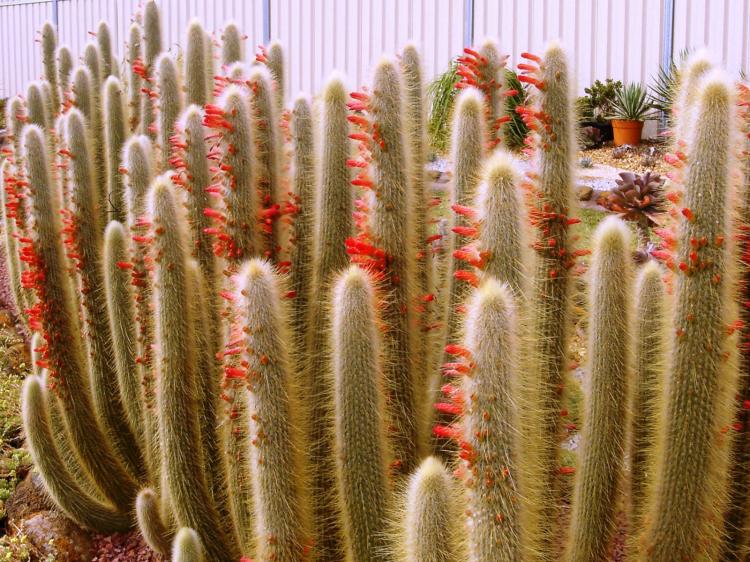
Aporocactus
A peculiarity of the species is thin whip-like stems, the diameter of which is only about a centimeter. It grows quickly and looks spectacular in baskets and hanging planters.
Bright flowers with long, elongated petals complete the picture. Aporocactus blooms in spring.
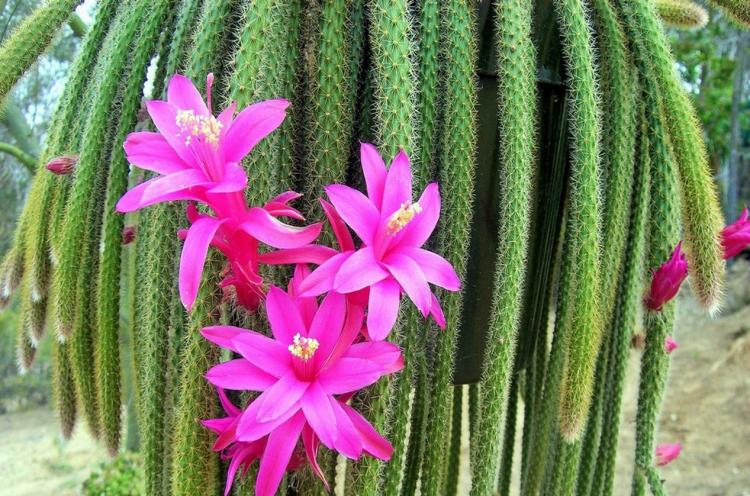
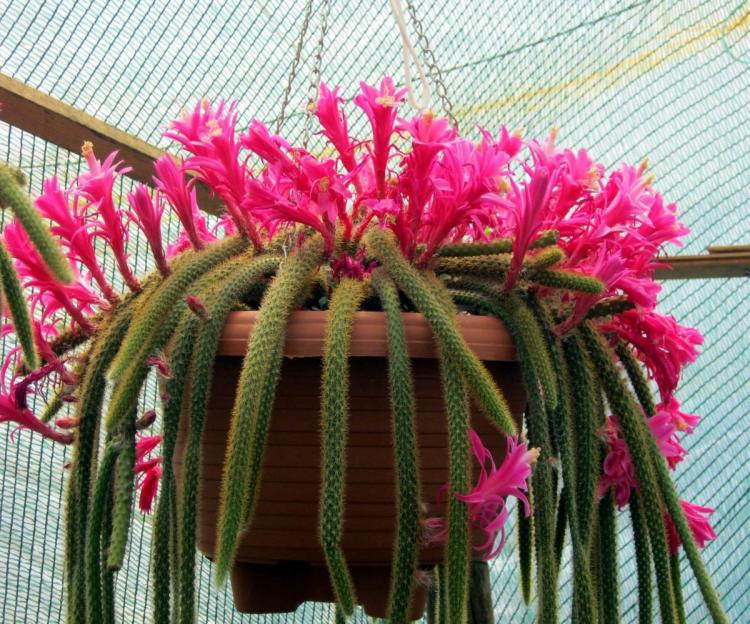
Cereus
Another well-known home cactus to many. Designers are especially fond of him when drawing up decorative compositions.
Cereus grows over the years and grows up to a meter. Another feature is the presence of varieties with unusual mutations. For example, the really monstrous Monstrozus.
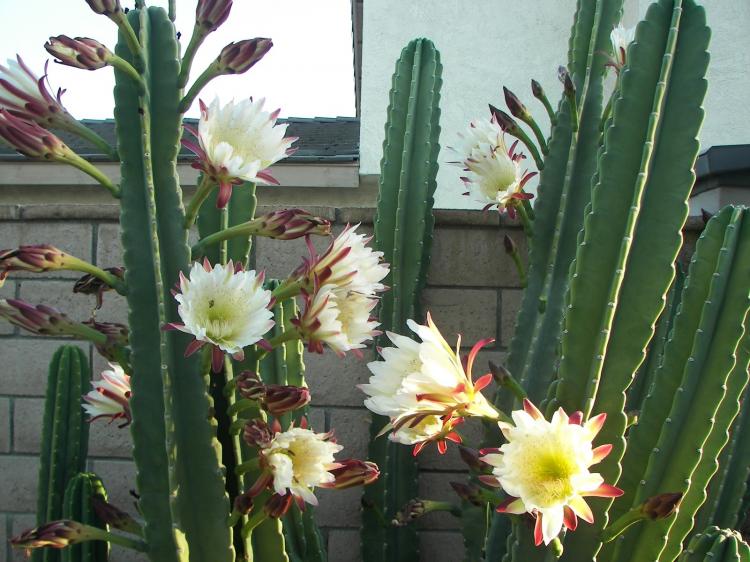
Trichocereus
Trichocereus grows even more. This is a high and massive column up to 1.5 m. Sometimes it grows at an angle and requires support. The length of the spines reaches 4 cm, and in the center it is twice as long.
A nice feature of the flowering varieties is the large and beautiful fragrant flowers. The diameter of the funnels reaches 20 cm. The whitening Trichocereus looks especially impressive.
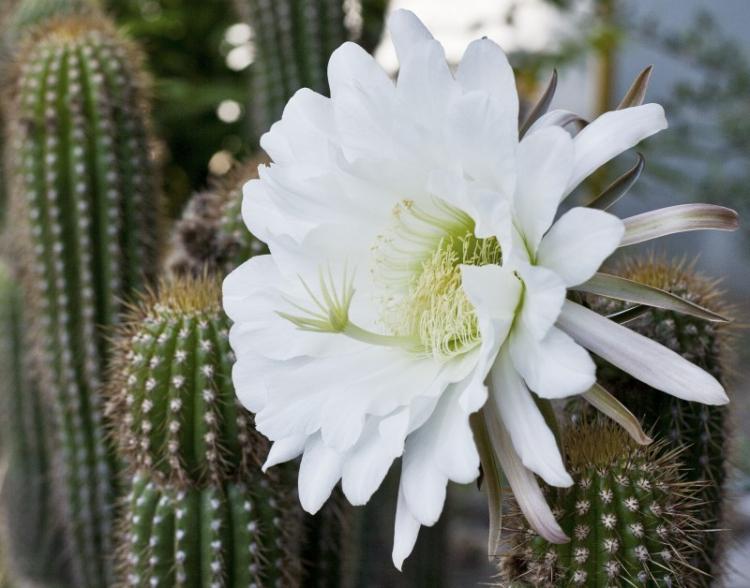
Rainbow echinocactus
The first thing that catches the eye is an unusual oval or egg-shaped trunk, covered with thick bright spines.It blooms with large 7-8 cm flowers in all shades of pink and purple.
This cactus feels great on the sunny side, does not need shading and easily tolerates dryness. At the same time, it can be periodically sprayed with warm water.
Keep in mind that Echinocactus has very fragile and brittle roots, so it should be transplanted as carefully as possible.
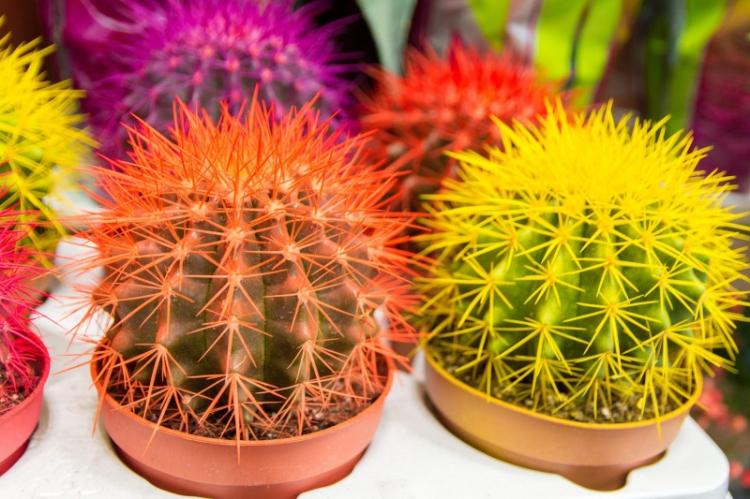
Astrophytum
Astrophytum flowers resemble chamomile, only in diameter they can reach 30 cm.
The cactus itself is a ribbed ball that gradually stretches into a cylinder. Its thorns look interesting. Depending on the variety, they are straight or fancifully curved.

Mammillaria
An unusual cactus with an unusual structure seems to consist of small papillae, which are hidden between long soft needles.
In total, there are about 500 varieties of mammillaria. Florists are especially fond of her, because during the flowering season, she is all overgrown with a crown of white, red and purple shades.
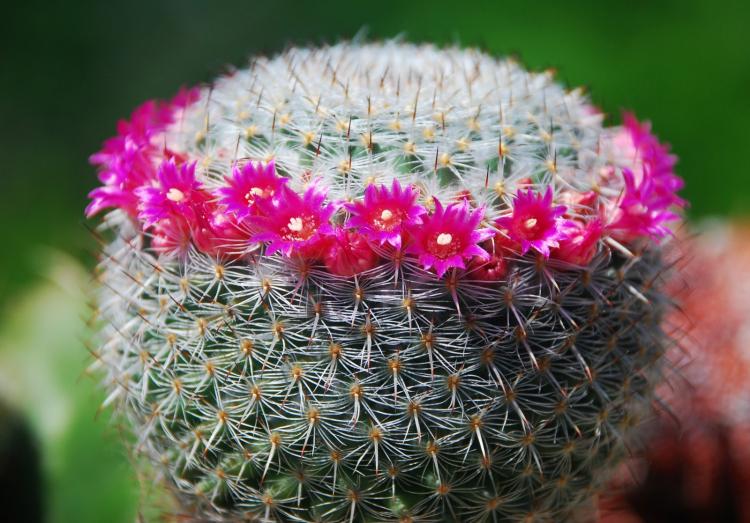
Notocactus Otto
Despite the fact that the wayward cactus blooms only after a few years, it is grown precisely for these large bright yellow flowers with a glossy sheen. Their diameter reaches 8 cm.
The trunk itself is small, cylindrical, bright green with yellow spines.
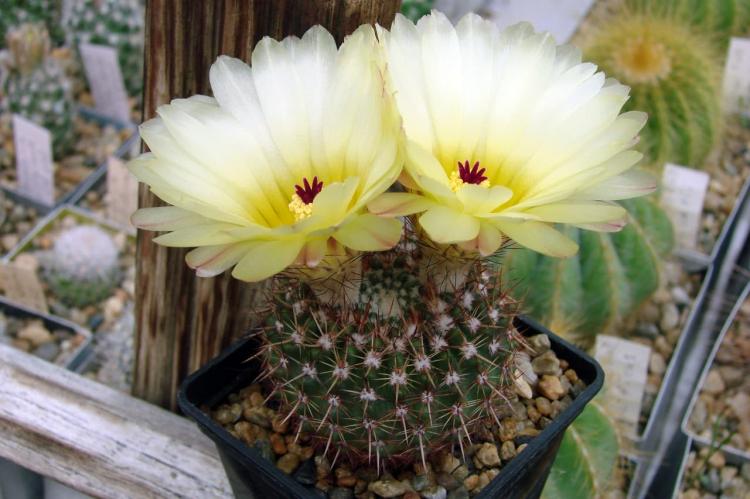
Hamecereus Silvestri
Chamecereus has two advantages: its extraordinary shape and fast, intense growth. The cactus grows and is abundantly covered with bright scarlet flowers in the early years.
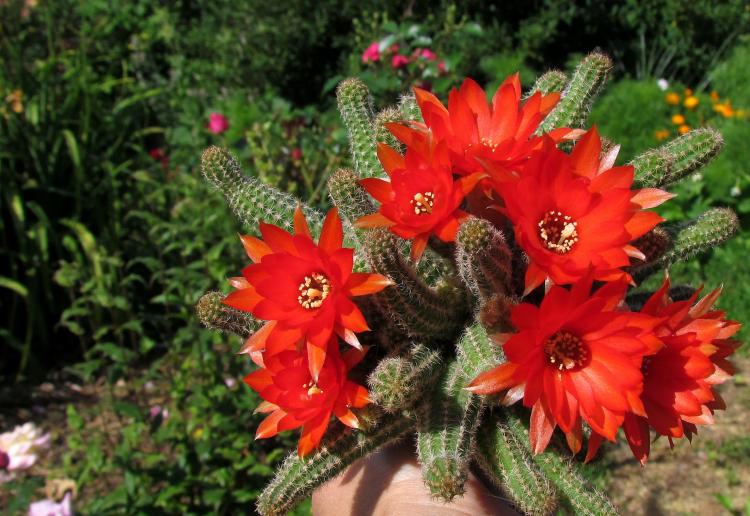
Home cactus care
Cacti don't require greenhouses or aquariums. They feel great in apartments. It is enough to take care of simple conditions.
Temperature
The optimal temperature regime depends on the specific species. On average, it is 20-25 degrees, in summer it should be higher.
For the winter, some varieties go into hibernation, while others, on the contrary, can bloom. It is important for blooming flowers to maintain temperature and light levels even in December-January.
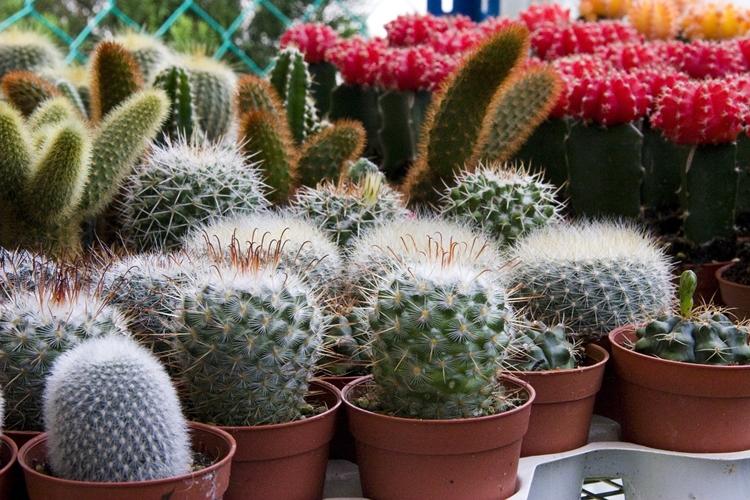
Lighting
Cacti definitely need light. They are used to intense sun exposure. This is indicated even by the structure of the trunks with ribs, spines, hairs and other protective mechanisms.
If there is not enough light, the cactus turns pale, turns yellow, becomes thinner. New shoots grow weak and sluggish.
Varieties that go into hibernation should be carefully removed by spring. Shade the seedlings at first, otherwise burns may appear on the surface.
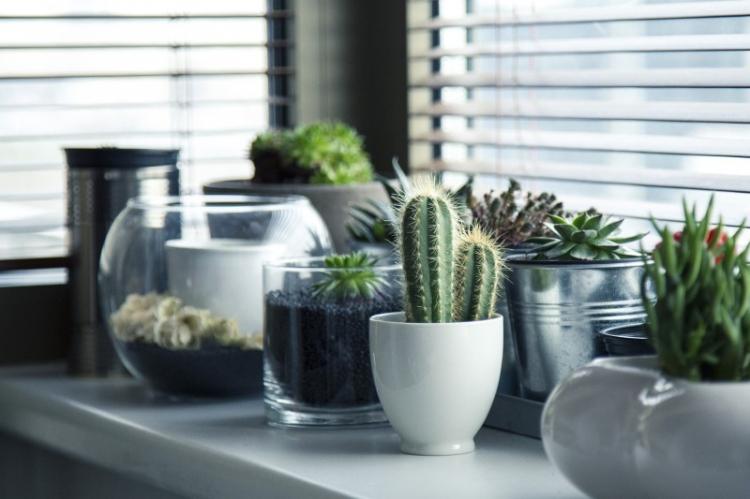
Watering
Cacti are watered with soft warm water, from room temperature and above. The principle of "better often, but less" does not work here. From this, the rhizome lacks oxygen, and it rots.
Soak the earthen ball to the full depth. And then you will drain the excess liquid from the pallet. Do not water the pot again until the soil is completely dry again.
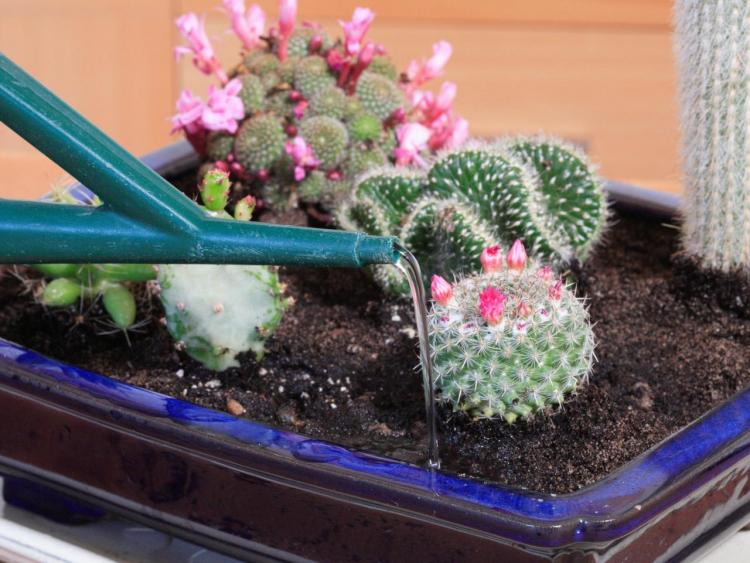
Fertilizers and feeding
For feeding, salts of potassium, nitrogen, calcium and phosphorus are used. Apply fertilizer only during the growing season, never during the dormant season.
Potassium is responsible for immunity and resistance to diseases or external factors. Calcium - for normal stem development, bud formation and seed ripening. Phosphorus - for the growth of flowers and the rooting of cuttings and "babies". Nitrogen - for growth and development in general.
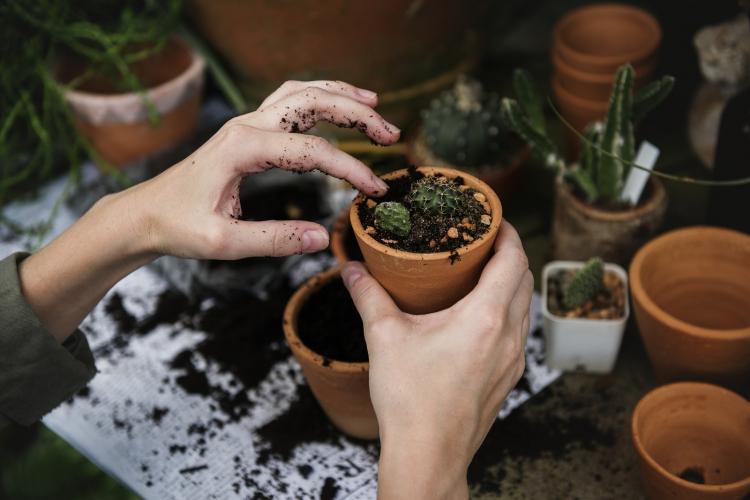
Do not fertilize immediately after transplanting the plant or if its roots are damaged. It is most convenient to introduce impurities in the form of a solution. The salt is mixed with warm, settled water. Watering cacti with this solution is recommended in the afternoon of a cloudy day.
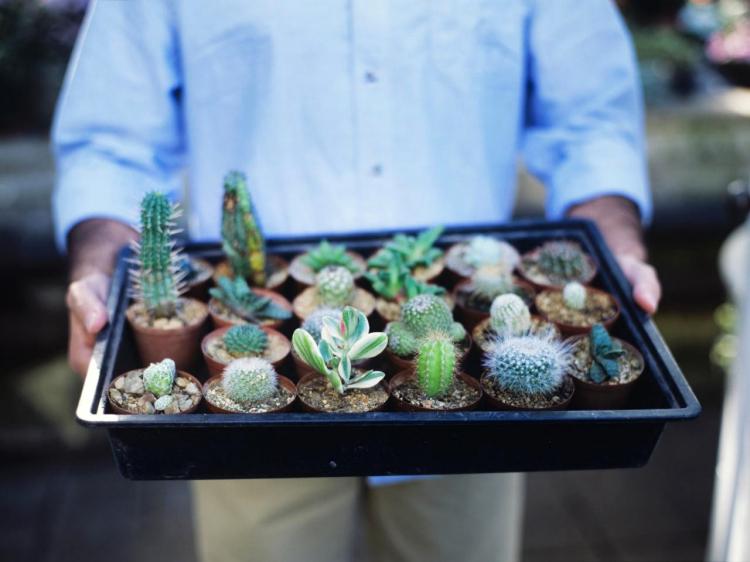
Pruning
Pruning cacti is possible, and sometimes even necessary. For example, if the plant starts to rot, has grown too long and is too long, deformed or does not grow properly. Always prune away any rotten or damaged areas or the entire plant will die.
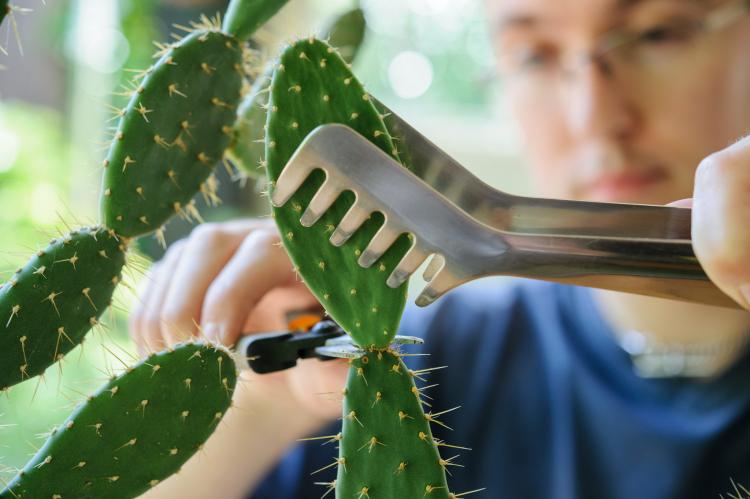
To understand whether it is time to trim the top, watch for such symptoms: the appearance of spots on the trunk, yellowness and loss of shine, the plant is skewed on its side, lethargy and compaction, the cessation of growth or dropping out of season, too much weight or height, due to which the pot can turn over.
You can use regular alcohol to disinfect instruments.And treat the cuts with crushed coal. After pruning, leave the cactus for 1-4 weeks in a dry place out of direct sunlight.
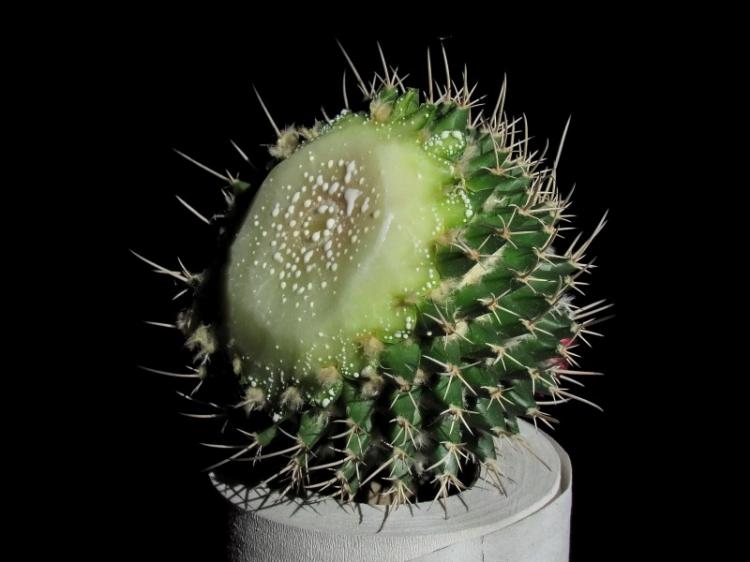
Planting and breeding cacti
It is most convenient to propagate home cacti with "children" and cuttings. The difference is that "babies" are a separate process that can be separated from the main trunk. And for grafting, it is enough to cut off the top.
Both can be immediately rooted in the ground. For the cutting, only first dry the cut site for a couple of days. This is necessary so that it does not rot in the ground.
Cacti need water and air permeable soil with a slightly acidic reaction. For this, special mixtures with sand, small expanded clay, peat, brick chips and other fractional materials or additives are used. In stores, they are sold immediately in packs.
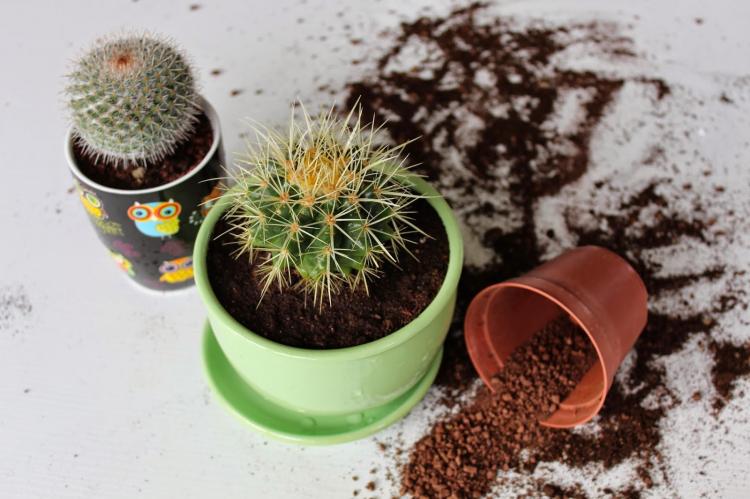
Pest and disease control
Even undemanding cacti are susceptible to disease. First, send your new pet to quarantine for at least a month, so as not to inadvertently infect the rest of the cacti.
The most common everyday problem with domesticated cacti is rotting. It begins due to poor soil, excess moisture and fertilizers, stagnant water, bacteria or fungus.

If the thorns of a cactus fall off - most likely the reason is waterlogging of the soil. Or it's a mealybug. It can be identified by the presence of plaque on the stem. Use special medications for treatment.
Rusty spots are a symptom of a spider mite. With severe damage, even a thin web is noticeable. To combat it, insecticides are also used.
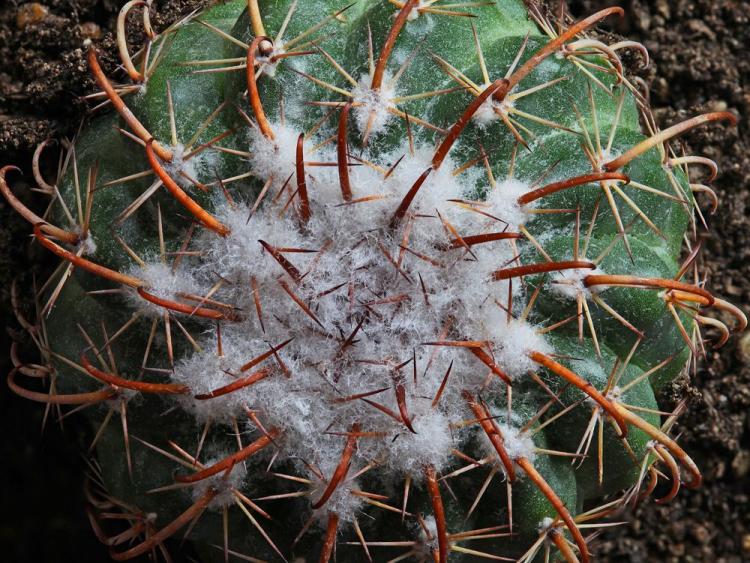
Home cacti - photo
Beautiful and unusual home cacti in all their diversity can become a real collection. They don't require much attention and are not a hassle. But the quaint cactus garden is always spectacular and original. Just look at these photos!
